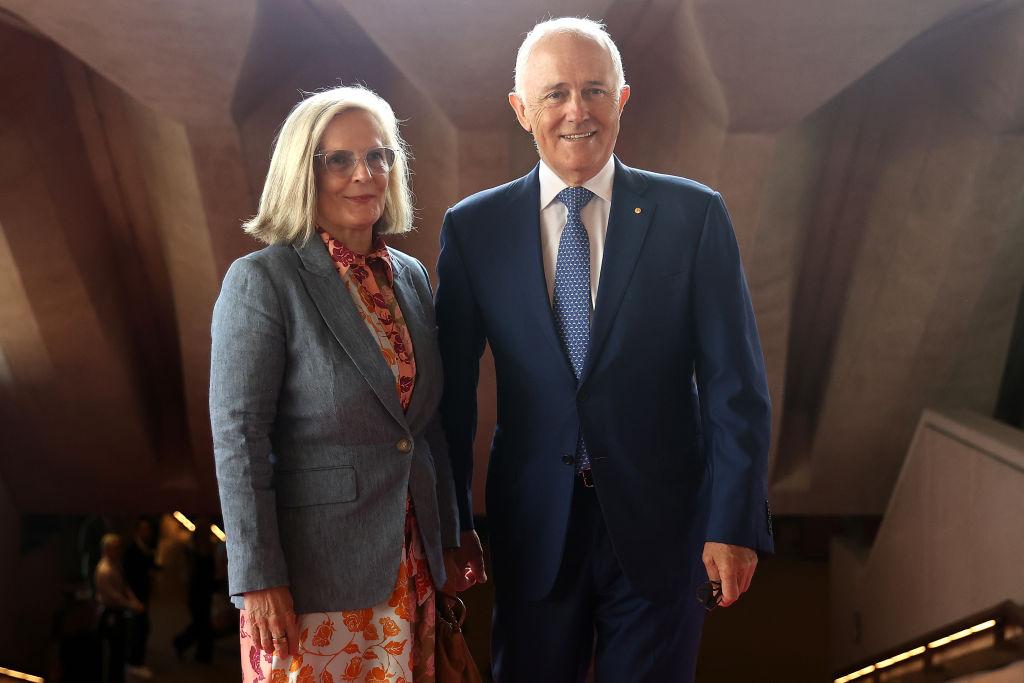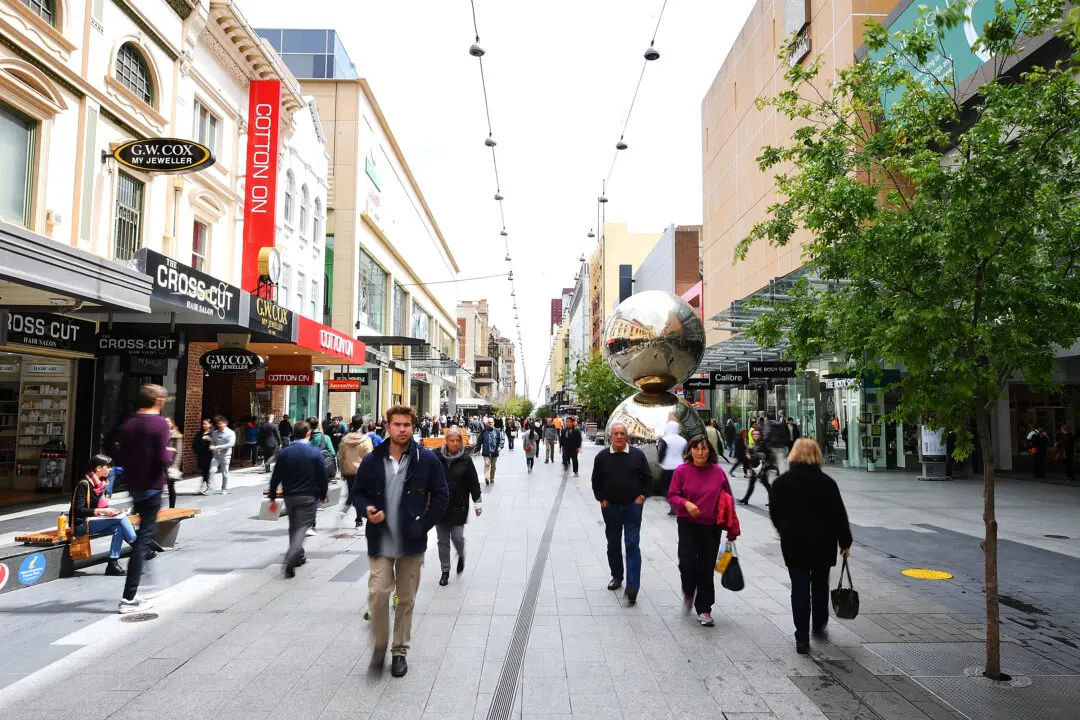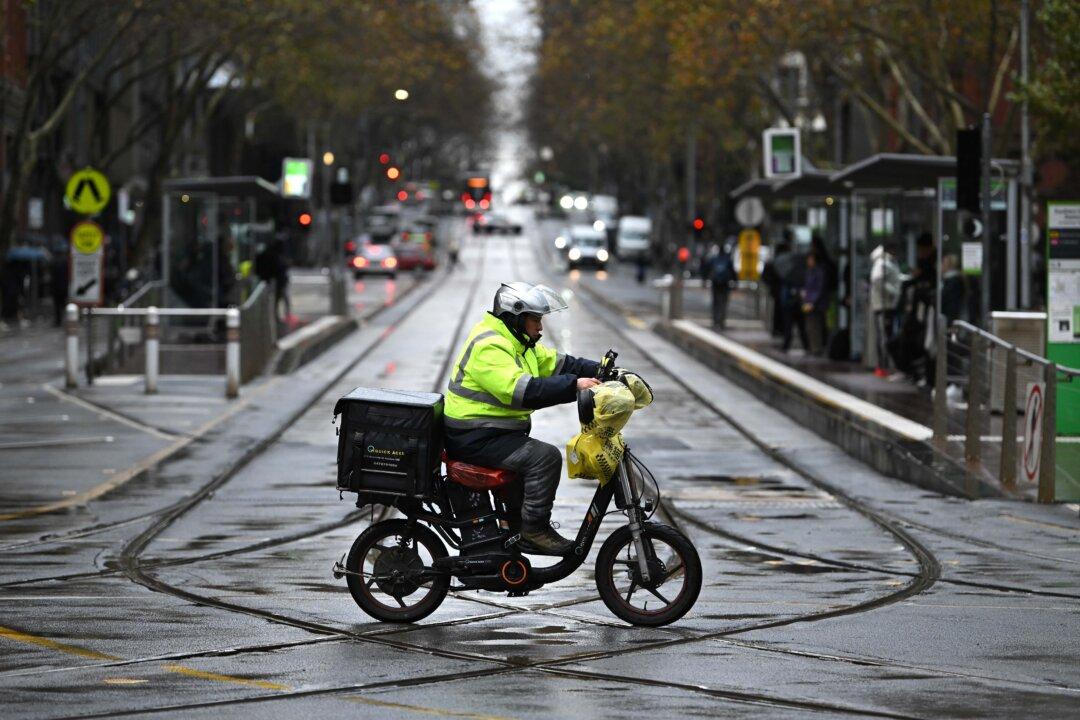Former Prime Minister Malcolm Turnbull’s private renewable energy company has won a competitive tender to explore hydrogen power storage in New South Wales (NSW).
Upper Hunter Hydro, owned by Mr. Turnbull and his wife, will investigate the design of two pumped hydro energy storage systems on Water NSW land at Glenbawn and Glennies Creek in the Hunter Valley.





